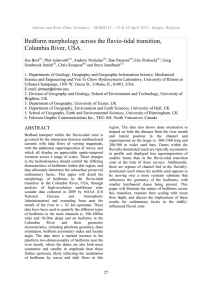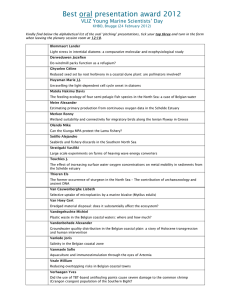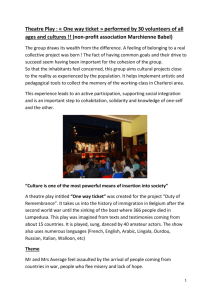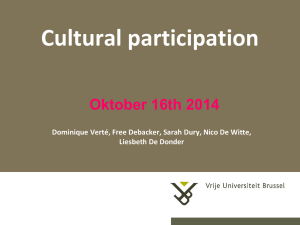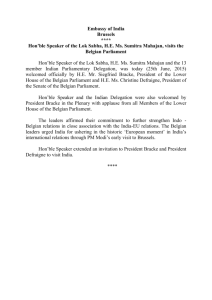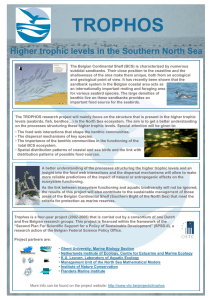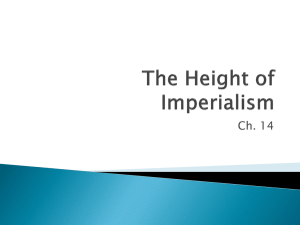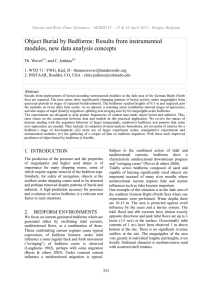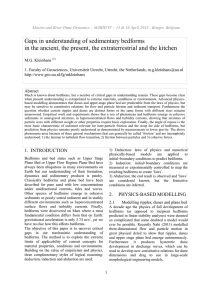STUDY OF SAND DYNAMICS AT SMALL SCALE ON THE BELGIAN
advertisement
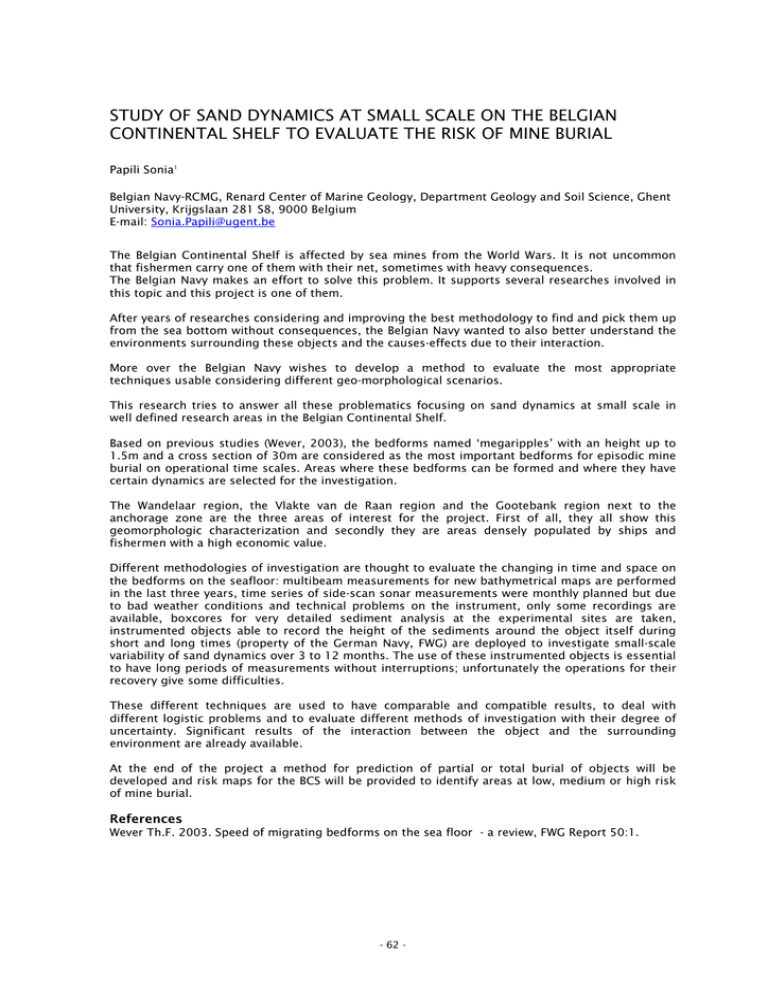
STUDY OF SAND DYNAMICS AT SMALL SCALE ON THE BELGIAN CONTINENTAL SHELF TO EVALUATE THE RISK OF MINE BURIAL Papili Sonia1 Belgian Navy-RCMG, Renard Center of Marine Geology, Department Geology and Soil Science, Ghent University, Krijgslaan 281 S8, 9000 Belgium E-mail: Sonia.Papili@ugent.be The Belgian Continental Shelf is affected by sea mines from the World Wars. It is not uncommon that fishermen carry one of them with their net, sometimes with heavy consequences. The Belgian Navy makes an effort to solve this problem. It supports several researches involved in this topic and this project is one of them. After years of researches considering and improving the best methodology to find and pick them up from the sea bottom without consequences, the Belgian Navy wanted to also better understand the environments surrounding these objects and the causes-effects due to their interaction. More over the Belgian Navy wishes to develop a method to evaluate the most appropriate techniques usable considering different geo-morphological scenarios. This research tries to answer all these problematics focusing on sand dynamics at small scale in well defined research areas in the Belgian Continental Shelf. Based on previous studies (Wever, 2003), the bedforms named ‘megaripples’ with an height up to 1.5m and a cross section of 30m are considered as the most important bedforms for episodic mine burial on operational time scales. Areas where these bedforms can be formed and where they have certain dynamics are selected for the investigation. The Wandelaar region, the Vlakte van de Raan region and the Gootebank region next to the anchorage zone are the three areas of interest for the project. First of all, they all show this geomorphologic characterization and secondly they are areas densely populated by ships and fishermen with a high economic value. Different methodologies of investigation are thought to evaluate the changing in time and space on the bedforms on the seafloor: multibeam measurements for new bathymetrical maps are performed in the last three years, time series of side-scan sonar measurements were monthly planned but due to bad weather conditions and technical problems on the instrument, only some recordings are available, boxcores for very detailed sediment analysis at the experimental sites are taken, instrumented objects able to record the height of the sediments around the object itself during short and long times (property of the German Navy, FWG) are deployed to investigate small-scale variability of sand dynamics over 3 to 12 months. The use of these instrumented objects is essential to have long periods of measurements without interruptions; unfortunately the operations for their recovery give some difficulties. These different techniques are used to have comparable and compatible results, to deal with different logistic problems and to evaluate different methods of investigation with their degree of uncertainty. Significant results of the interaction between the object and the surrounding environment are already available. At the end of the project a method for prediction of partial or total burial of objects will be developed and risk maps for the BCS will be provided to identify areas at low, medium or high risk of mine burial. References Wever Th.F. 2003. Speed of migrating bedforms on the sea floor - a review, FWG Report 50:1. - 62 -
